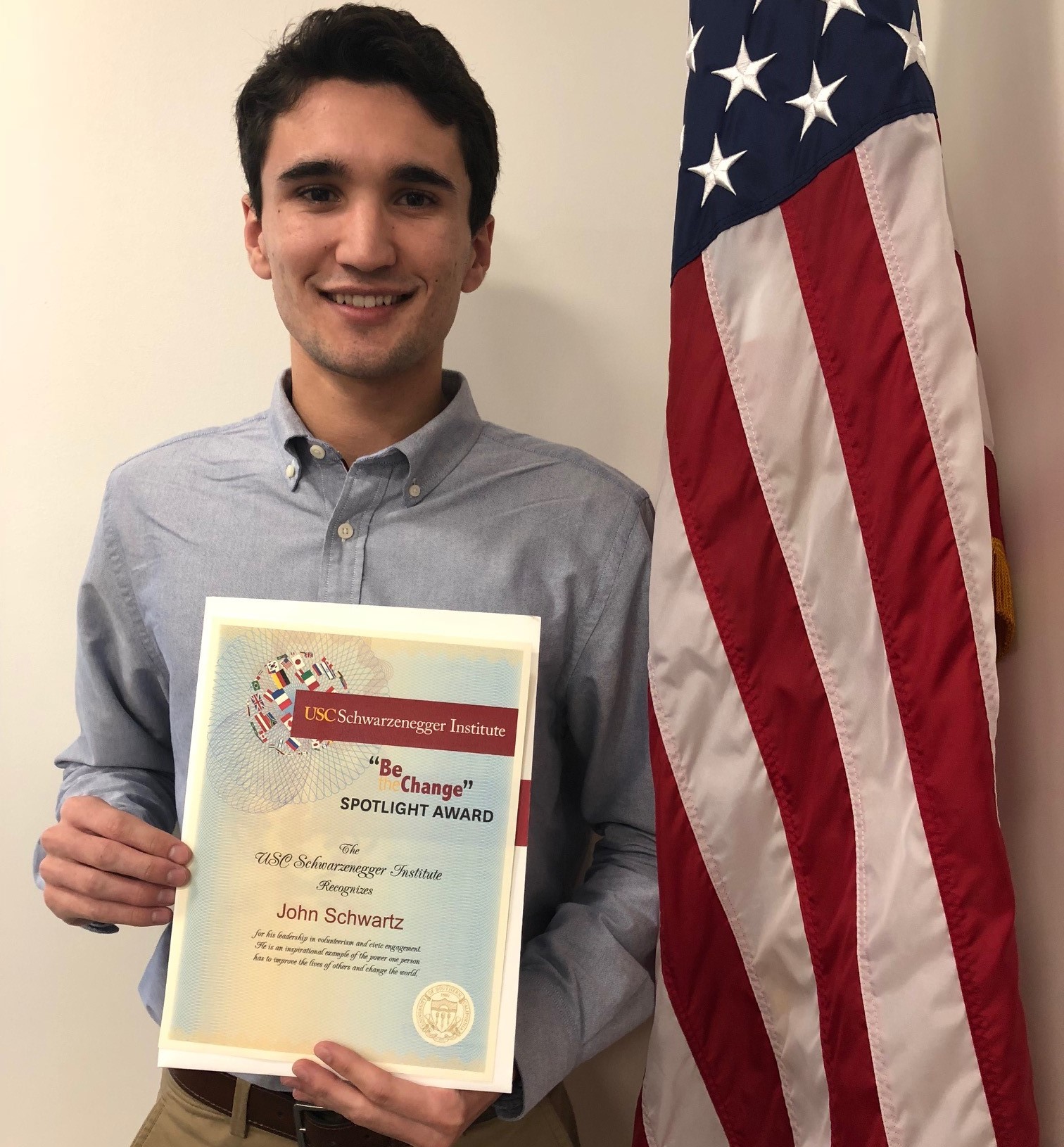
John Schwartz
January 30, 2018 10:58 pmMany exciting innovations are often inaccessible to those who could benefit from them the most. One area where this idea holds true is in children’s upper-extremity prostheses. Prosthetic hands and arms are expensive, and this is especially true for children. A traditional prosthetic can cost thousands of dollars, and the need for prosthetic replacement as a child grows amplifies this cost several-fold. This makes it exceptionally difficult for so many young families to navigate a child’s hand deformity.
With this thought in mind, I began building USC’s dormant Freehand Project in the Fall of 2016. The Freehand Project operates as a part of USC’s 3D-printing club, 3D4E. From this platform, the Freehand Project applies 3D printing to create low-cost, customized prosthetic hands for children in the Los Angeles area and then deliver them free-of-charge. The “helping hands” that the Freehand Project provides are made of colorful plastic and offer a wide range of customization opportunities, making these prostheses a personalized gift that each child can grow to use and love.
My leadership of this project began with building a working relationship with the Center for Achievement of Teens and Children with Hand Differences at Children’s Hospital Los Angeles to find the Freehand Project’s first beneficiaries. With these families, I worked to create an intimate and personalized process for consultation and evaluation, prosthetic creation and customization, and prosthetic delivery and maintenance. With this process established, I presented the project to a gathering of over 250 families at Children’s Hospital Los Angeles and solidified contact with a large sample of the Freehand Project’s target population.
Since that time, I have led Freehand Project’s hardworking members to utilize this delivery pipeline to provide personalized prostheses. In the past 9 months, I have had the opportunity to build personal relationships with five families and deliver a customized prosthetic hand to each. For most of these children, their first time using one of the Freehand Project’s prostheses is their first two-handed life experience. The prostheses introduce immediate and dramatic change into the lives of these children. The hands give them the agency to become largely self-sufficient in their day-to-day tasks. At the same time, they give me the feeling that I am able to “be the change” for another family and child burdened by a hand deformity.
This year, the Freehand Project’s student membership has tripled in size, and our output has expanded in response. We have also added a dedicated research and development branch, which has improved the sophistication of the prostheses as well as the customization options for our beneficiaries. As we continue to develop, the future of the Freehand Project looks brighter and brighter. Currently, I am working with interested and motivated students on other college campuses to establish new chapters of the Freehand Project and expand our reach to provide a helping hand to children far and wide.
Categorised in:
This post was written by Admin3
